The Weizmann Institute of Science in Rehovot, Israel – a prominent research institution that is home to about 2500 scientists, students, technicians and scientific support staff – was devastated by Iranian missiles on 15 June.
The planetary sciences building, which houses geochemistry labs among other chemistry programmes, was effectively destroyed in the attack. Damage was also sustained to other nearby facilities. The Iranian strikes were launched in retaliation to Israeli missile attacks that began on 13 June, which targeted Iran’s uranium enrichment sites and its nuclear scientists.
Milko van der Boom, dean of the Weizmann Institute’s faculty of chemistry, says around 45 labs sustained serious damage. ‘In my faculty, about 100 people don’t have a lab or a desk anymore, and for the whole campus that’s probably 400 or 500 people,’ van der Boom tells Chemistry World. ‘We don’t know the full damage yet, but probably it will cost more than $500 million (£372 million) and maybe close to a billion dollars to address across campus.’
Yael Kiro, a geochemist whose lab was in the planetary sciences building, says the facility is currently non-operational. ‘Definitely the lab work is completely paused,’ she says. ‘I arrived at the Weizmann Institute about six years ago, and it took me a while to establish and build my clean lab … I was very proud of it.’ Kiro adds: ‘The first time I went into the lab after the missile hit, I was very sad and felt pain seeing everything in this state.’
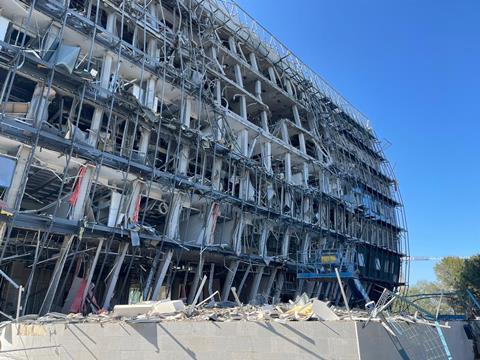
Kiro and her colleagues were able to rescue their geological, seawater, groundwater, plant and soil samples by quickly moving them from refrigerators and freezers that had lost electricity to functional ones elsewhere on campus.
Geochemist Itay Halevy’s lab was in the same building, and also suffered severe damage. ‘All the windows imploded, a lot of the equipment fell off the benches, some of the cabinets fell off the walls,’ he says.
Analytical equipment destroyed
Halevy and his colleagues haven’t yet been able to fully evaluate the damage. However, he notes that many instruments will need to be replaced. ‘It looks like most of the analytical equipment will have to go – mass spectrometers, spectrophotometers, microscopes,’ he tells Chemistry World. ‘All of those are probably damaged beyond repair.’
‘Some instrumentation we know is gone – in life sciences we had really great optical microscopes that are completely gone,’ says van der Boom. ‘But in our faculty of chemistry, I don’t know yet the status of our NMRs, MRIs and electron microscopes, for example.’
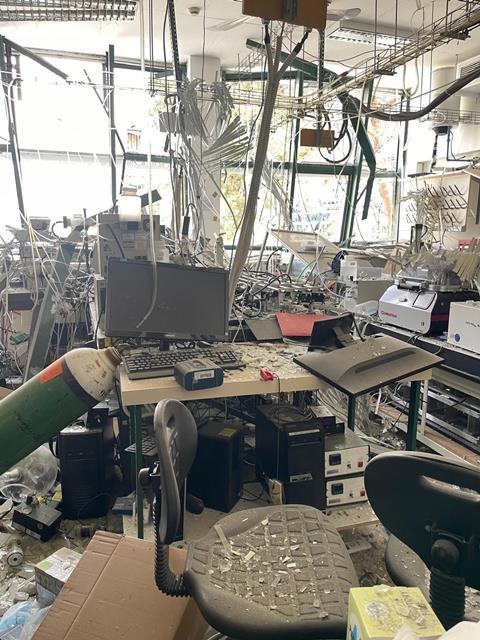
Sarel Fleishman, whose lab works on computational protein design, says that many irreplaceable biological samples were also destroyed. ‘Generations of students had worked on this,’ he adds.
The planetary sciences facility was not hit directly but was damaged by the shockwaves generated when one of Iran’s missiles landed on a new chemistry building that was under construction.
An initial assessment indicates that the new chemistry building can be saved, but van der Boom estimates that the project will likely be delayed by two to three years.
Weizmann is ‘a ghost town’
Van der Boom notes that Weizmann has received a lot of support from national and international research community, who are offering to lend their lab space and instrumentation.
However, he adds that the university has become ‘a ghost town.’ According to van der Boom, more than 200 international students and postdoctoral fellows who lived in Weizmann housing have been relocated off campus, while 70 had left Israel as of 20 June.
Update: Additional images were added on 24 June 2025.


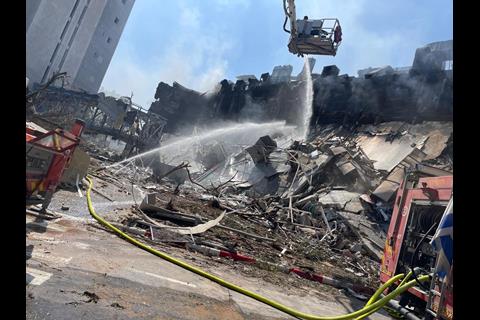
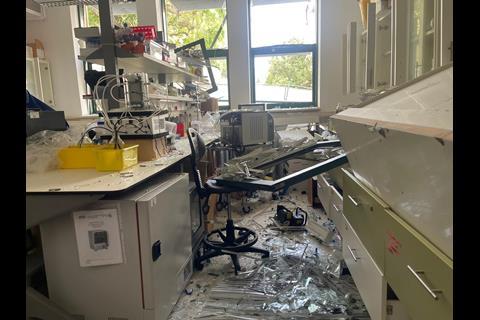

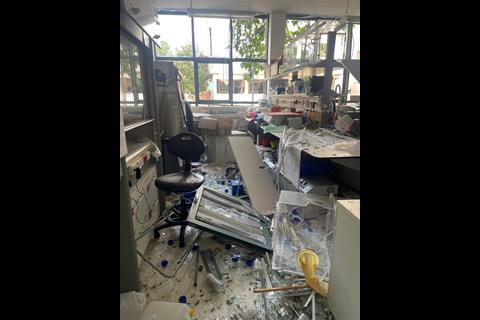
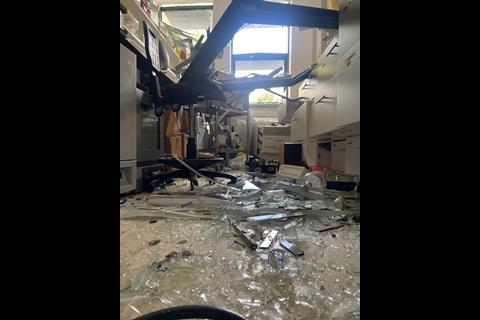


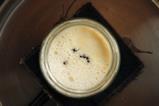

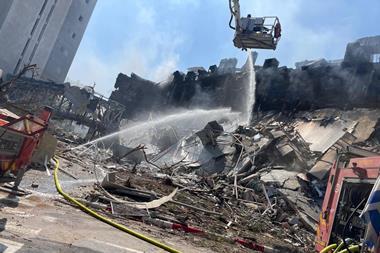
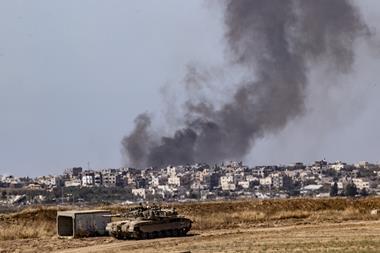
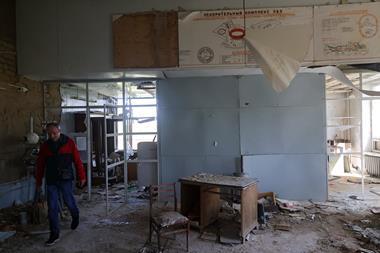
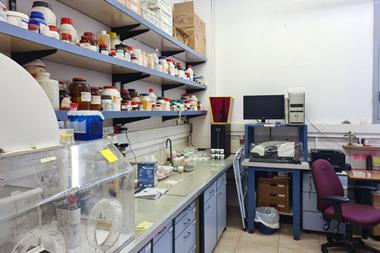
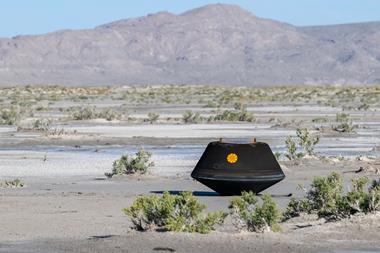
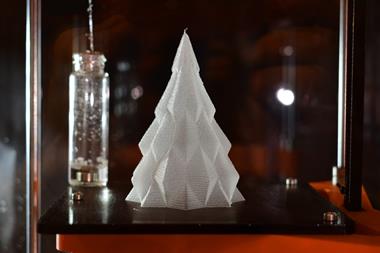
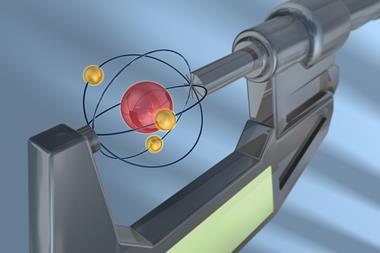
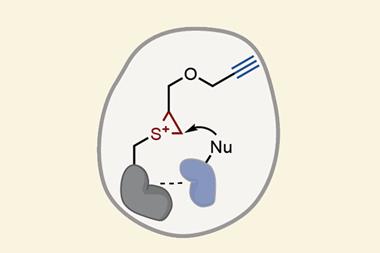
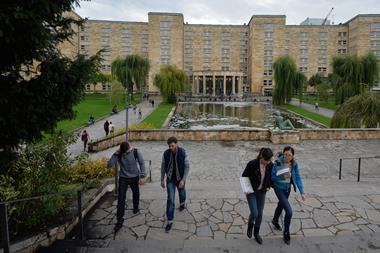
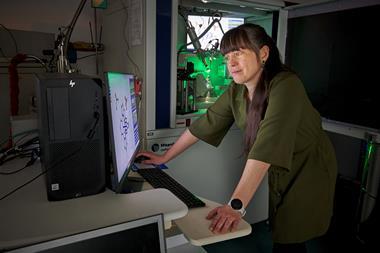
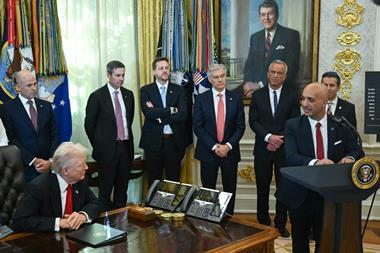
No comments yet